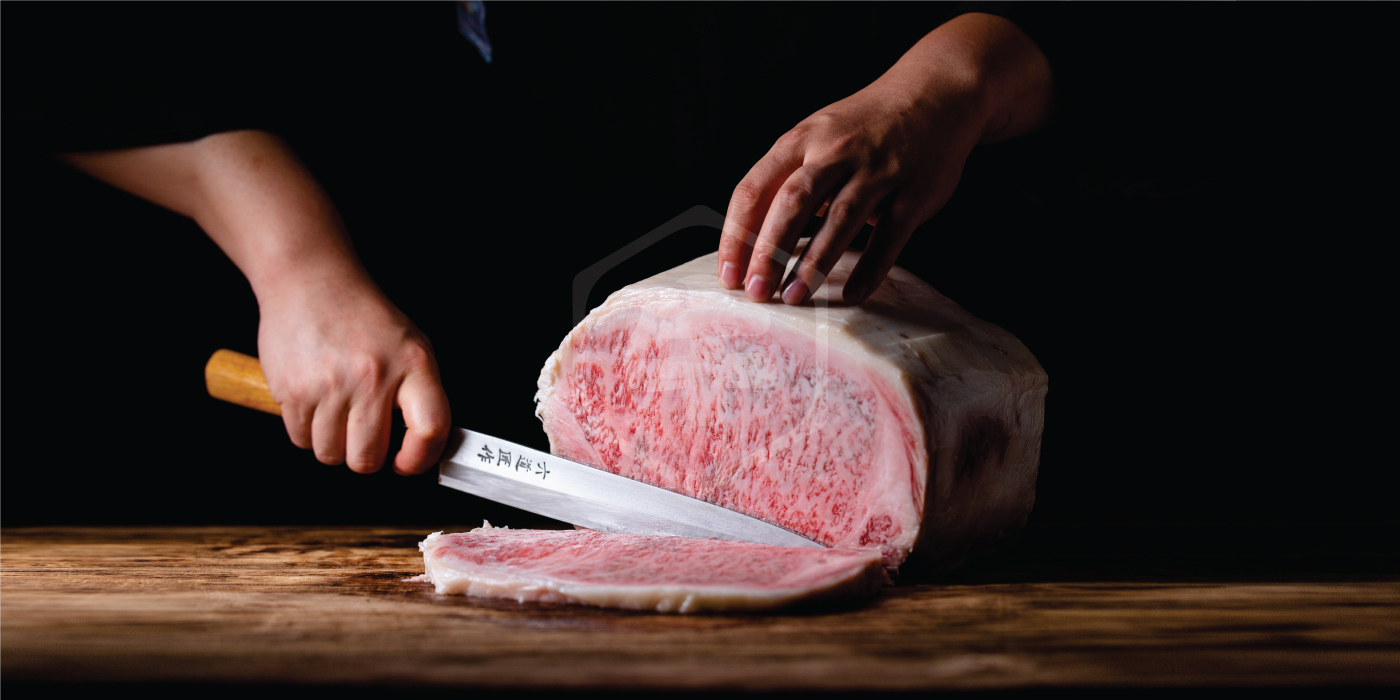
Wagyu beef does contain a higher proportion of fat than other beef varieties, however, the fats present are widely accepted as ‘good’ fats; omega-3 and omega-6 fatty acids, as well as other monounsaturated fats.
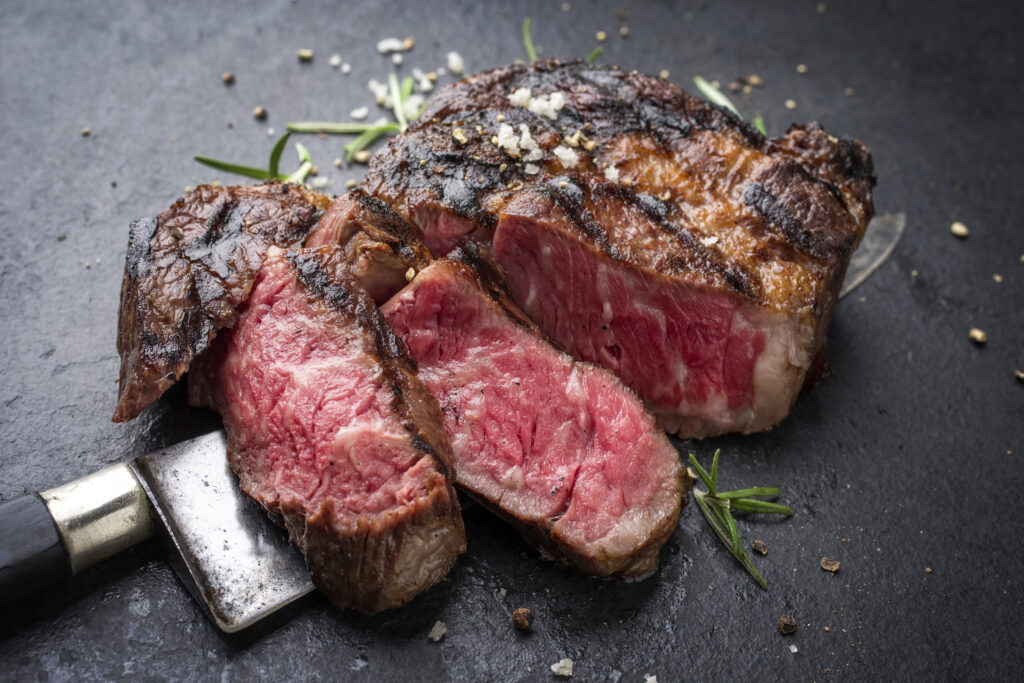
Although visually high in fat, this is essential for wagyu beef’s divine texture and rich, luxurious taste, as it holds the majority of the flavor. According to Dr. Stephen B. Smith from the Department of Animal Science at Texas A&M University, Wagyu beef is the healthiest beef available.
What makes the fats ‘good’?
Omega-3 fatty acids are essential in a healthy, balanced diet, and are renowned for their help in managing heart disease. Omega-3 fatty acids can help the heart in a number of ways, such as to lowering blood pressure and avoiding a build-up of cholesterol in the arteries, which in turn reduce the likelihood of heart attack, stroke and even cardiac arrests.
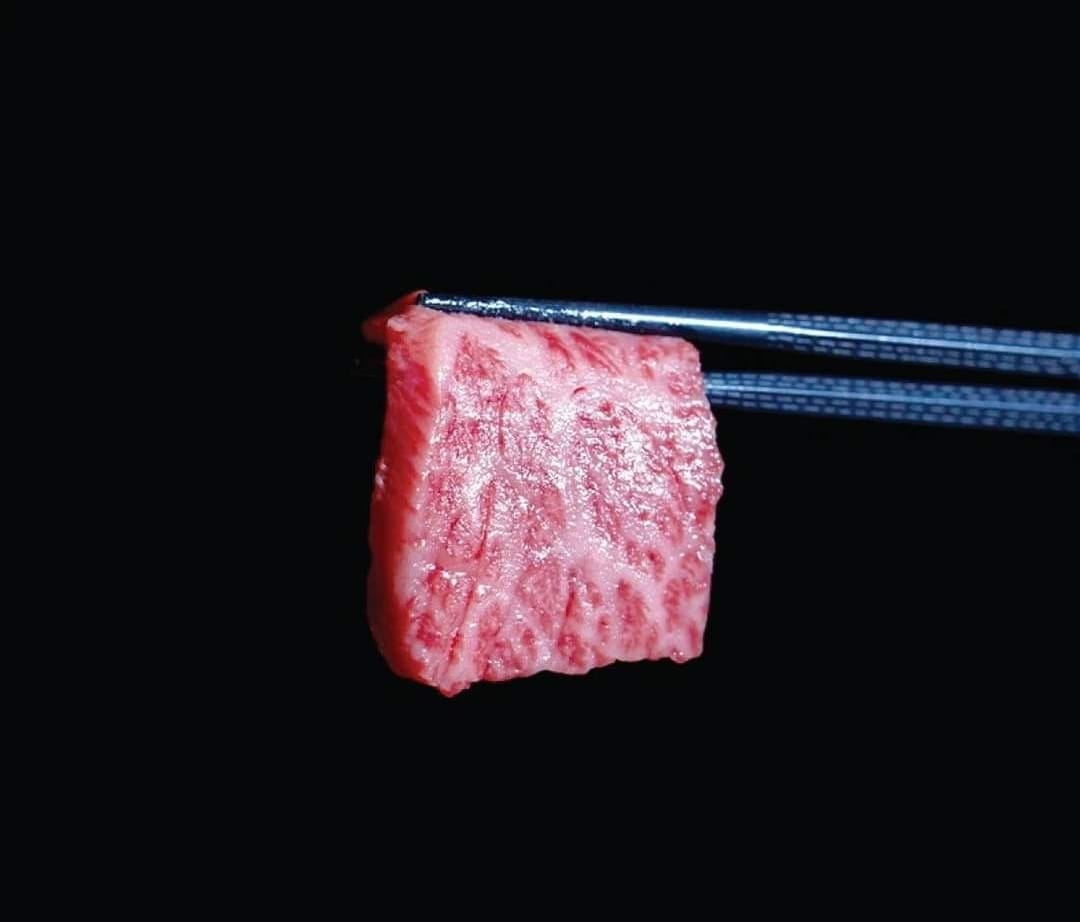
Omega-6 fats are also beneficial in other areas, including circulation. The fats reduce LDL cholesterol and boost HDL, as well as helping to avoid insulin-resistance, thus improving blood sugar levels.
Critics argue that omega-6 fats can convert linolenic acid into arachidonic acid, which Harvard Health say can “promote inflammation, blood clotting, and the constriction of blood vessels”, however, the body converts very little amounts of this. It is widely believed that such small amounts won’t cause harm – in fact the opposite, with Omega-6 fats reducing the risk of heart attacks by 24%.
Wagyu beef has a 52.9% oleic acid concentration (classified as a monounsaturated Omega-9 fatty acid), far surpassing other breeds of cattle.
While Omega-9 fats are not necessarily essential fatty acids, they do have potential health benefits, including strengthening the immune system, reducing inflammation in cases such as arthritis, and improving cardiovascular health. Omega-9 rich oil has also been found to be protective against breast cancer in mice, although this hasn’t been proven in humans thus far.
Truly one of a kind, studies have found that red wagyu beef has the lowest cholesterol of almost any kind of meat at 10mg, with the next lowest being fish at 28mg per 100 grams.
What makes Wagyu beef so high in fat?
The short answer to this answer is both nature and nurture. Wagyu cattle are genetically predisposed for creating that iconic, distinctive marbling effect, however, the rearing techniques used only catalyzes this process.
The marbling is made up of visible layers of intramuscular fat (fat that is found in the muscle). The genetics means that a higher percentage of fatty acids are present than other beef options, giving it a higher marbling score.

There are various grading systems, but the original is the Japanese Meat Grading Association (JMGA). A perfect rating is ‘A5’; letter (A, B, or C) refers to the yield of the carcass, meaning how much of the meat on the animal was usable, and the number (1-5) refers to the quality of the meat, taking into account the marbling, meat color, brightness, firmness and texture, luster, and quality of the fat. Only authentic Japanese Wagyu cattle can achieve the perfect score, and the higher the score the more flavorsome, tender, and juicy the meat is.
Wagyu meat is reared, with the right kind of feed, to retain fat, rather than promoting lean meat – a common practice with other cattle types. This means little to no exercise to ensure ultimate fat retention.
A commonly-held belief is that Wagyu cattle are fed beer to increase their appetite, however, it appears to be little more than an old wives’ tale.
Most people assume wagyu will be chewy and tough due to its high proportion of fat, however, it’s very much the opposite. Wagyu beef is moist, tender, and buttery.
Is Wagyu beef worth it?
At a cost of up to up to $200 per pound international, wagyu beef does come with a luxury price tag. What wagyu beef lacks in affordability, certainly makes up for in quality, sustainability, flavor, ethical practice, and exclusivity.
The exquisite treatment of the cattle, including efforts to ensure they live in a ‘zen zone’ by reducing noise levels, providing vitamin-rich grazing patches, a constant supply of fresh water, and even massages, is a rarity which should be celebrated as an ethical alternative to regular beef options.
Tags: Wagyu
So expensive due to Japan’s stringent rearing method and strict guidelines on feeding, Wagyu has an incredibly unique upbringing. From being fed by hand as a calf, to keeping out the cold with jackets, being given names instead of just a number, having a birth certificate, and even being brushed with a stiff brush to increase blood circulation and to relieve stress, it’s an extremely distinctive process.
What’s the difference?
Japanese wagyu beef – the quintessential form of the meat – is famous for its high levels of marbling, the white fat streaks or flecks in the cut which gives beef its soft texture and enhances the flavor.
The level of marbling is graded, however, the Wagyu beef grading systems differ from the Japanese grading system. The former scores from 0 to 9 and Japan Wagyu commonly receive a score of 6, whereas Japanese Wagyu is graded by looking at yield from A to C, beef quality from 1 to 5, and a beef marble score from 3 to 12.
As Japanese Wagyu is considered the crème de la crème, it is the only variety which can achieve the superlative A5 score, however, it’s also important to note that the area of grading also differs – In Australia it’s between the 10th and 11th rib, compared to the 6th and 7th rib in Japan.
There are numerous reasons for the difference in appearance and taste; firstly, the climates and food sources differ between the two countries, making them naturally different. Australian wagyu cattle generally feed on grass, wheat, and barley, whereas for Japanese wagyu they mostly feed from grain such as corn, grain sorghum, rice, wheat, and barley.
As well as this, Wagyu are fed for a shorter time than their Japanese counterparts, making the latter double the size; 350- 450 days, and 600+ days of feeding respectively. The long feeding technique makes Japanese Wagyu tenderer, with a distinctive sweet flavor, not found in Australian Wagyu.
Another aspect to take into account is crossbreeding. ‘Purebred wagyu’ is deemed a crossbred animal, where on the fourth cross it has 93.75% wagyu genetics. Purebred wagyu accounts for 95% of all Australian wagyu, which again distances the likeness to their Japanese relatives.
Despite the disparities, both forms of wagyu are often considered culinary delicacies, with a distinctly rich, buttery taste.
What is wagyu beef?
Wagyu beef refers to meat coming from four different breeds; the Japanese Black (the most common export to the U.S), Japanese Brown (referred to as Red Wagyu), Japanese Polled, and Japanese Shorthorn. Japanese Polled or Shorthorns are not bred outside of Japan. 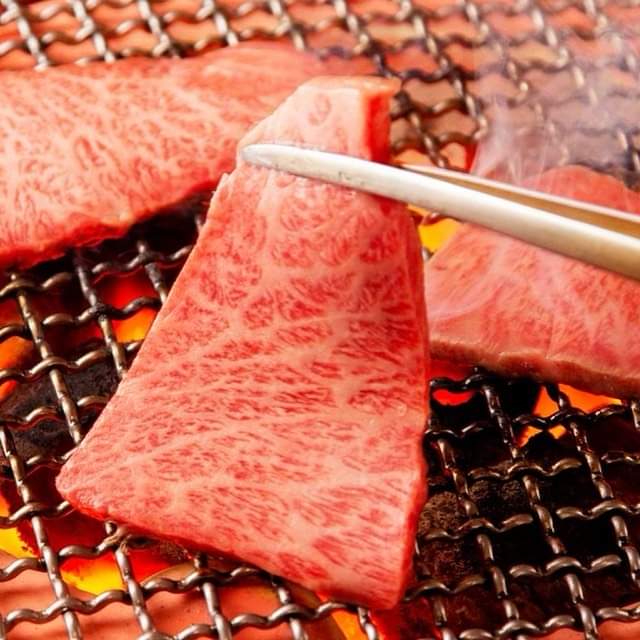
The difference between commonly-found beef and wagyu is the marbling. As wagyu cows metabolize the fat internally, it is integrated within the muscle, creating that unique white-wash across the beef.
As a result, the high-quality meat is known to practically dissolve once it hits your tongue. Not only is wagyu beef a sensory delight, but it’s also healthier for human consumption than other beef forms.
The mono-unsaturated to saturated fat ratio is higher in Wagyu than in other beef; 40% is stearic acid, which has a minimal negative effect on cholesterol levels. Wagyu beef also has a higher amount of good fats (conjugated linoleic acid (CLA)), containing 30% more than other beef breeds.
Where does Wagyu beef originate from?
Wagyu originates from Japan. ‘Wa” means Japanese, meanwhile “Gyu” means beef, although ‘wagyu’ doesn’t just refer to any Japanese beef.
Wagyu beef comes from three main areas in Japan – Kobe in Hyogo Prefecture, Matsusaka in Mie Prefecture, and Ohmi beef from Shiga Prefecture. Australian prices for wagyu beef have seen an increase of 13% due to higher demand from China.
Japan has a unique and exclusive take on farming; as stress creates cortisol which can deteriorate the quality of beef, Japanese farmers go to extreme lengths to ensure a stress-free environment for their cows. This includes noise levels controls, a fresh supply of water, keeping cows away from others they don’t get along with, and are kept on open-air farms where they can be carefully monitored every four hours.
